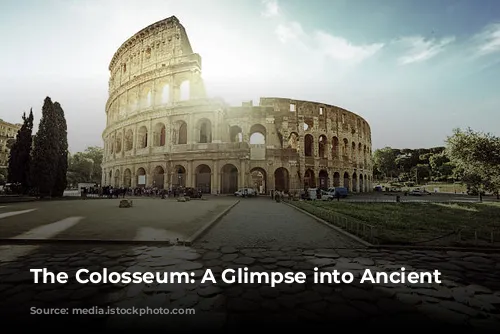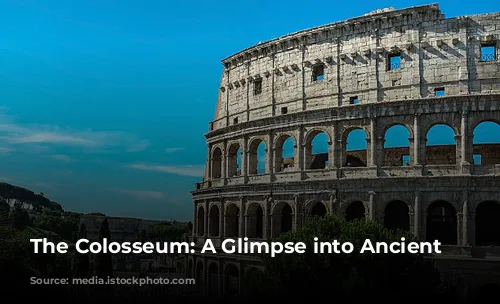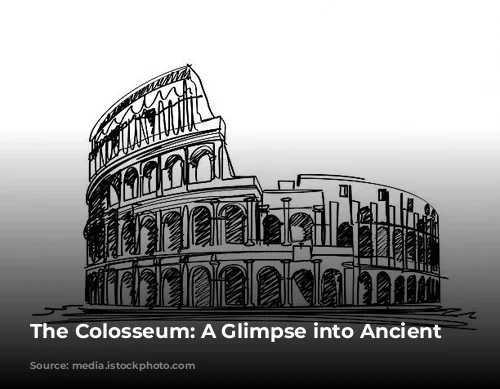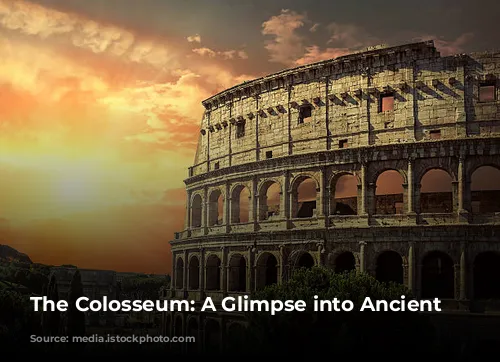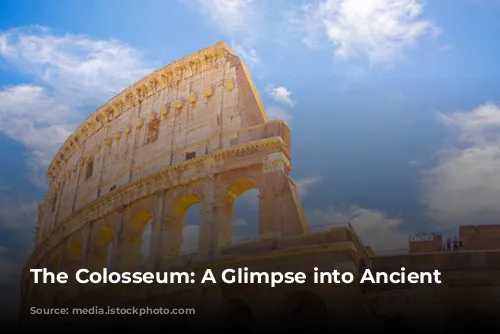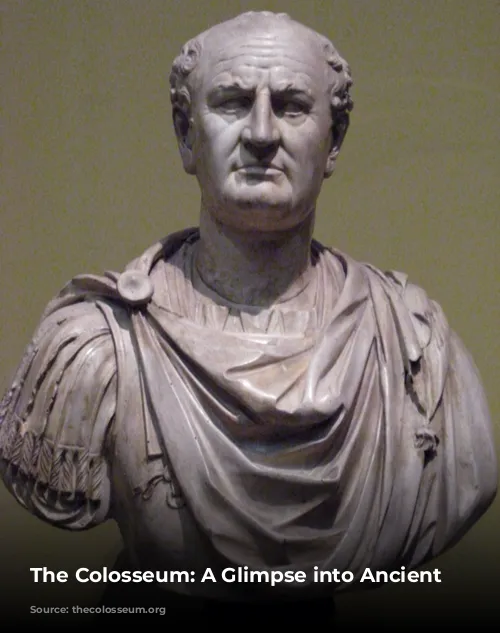The Colosseum, a towering monument to Roman ingenuity and power, stands as a testament to a bygone era. For nearly two millennia, its imposing structure has witnessed a vast array of spectacles, from gladiator battles to gruesome executions and epic hunts. Today, it stands as a popular tourist destination, drawing millions of visitors each year eager to uncover the secrets of this ancient wonder.
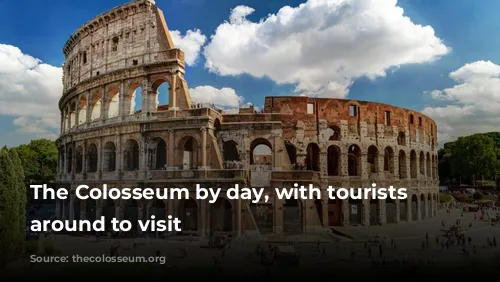
The Colosseum’s Origins
Construction of the Colosseum began in 72 AD under the reign of Emperor Vespasian, with completion in 80 AD. It was a monumental undertaking, requiring the labor of an estimated 60,000 to 100,000 individuals, primarily Jewish slaves. The Colosseum, initially named the Flavian Amphitheater, was a gift to the Roman people, intended to provide a grand space for entertainment and spectacle. It replaced the Domus Aurea, a lavish palace built by Nero, that had been demolished following Nero’s deposition.
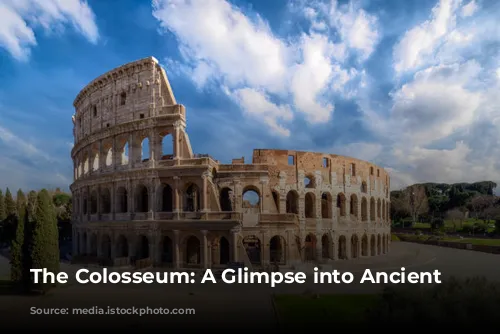
The Colosseum’s Grand Design
The Colosseum’s impressive size and architectural design are equally awe-inspiring. This oval-shaped arena, spanning 189 meters long, 156 meters wide, and 48.5 meters tall, boasts a surface area of 6 acres. Its exterior walls are adorned with three tiers of Doric, Ionic, and Corinthian columns, each level featuring 80 arches. These arches served as guides for citizens, directing them to their designated seats. The Colosseum’s construction involved an estimated 100,000 cubic meters of travertine stone, meticulously quarried from Tivoli and secured with thousands of iron clamps.

Life and Death in the Colosseum
Beneath the arena, an intricate network of tunnels and chambers known as the Hypogeum served as a holding area for gladiators, animals, and prisoners. It also housed a system of 80 vertical shafts and trap doors, allowing for the dramatic deployment of scenery during spectacles. The Colosseum could accommodate between 50,000 and 80,000 spectators, making it the largest amphitheater of its time. Despite its grandeur, the Colosseum was also a stage for violence and death. Estimates suggest that over 400,000 individuals, including gladiators, slaves, convicts, and prisoners, perished within its walls during its 350 years of operation.

The Colosseum’s Diverse Spectacles
The Colosseum hosted a wide variety of spectacles, but none were as famous as gladiator battles. These brutal contests were a cornerstone of Roman entertainment, pitting fighters against each other in a struggle for survival. However, contrary to popular belief, gladiator fights were not simply a chaotic free-for-all. They were structured events with rules and regulations, similar to modern boxing matches. Gladiators were categorized by their size and fighting styles, and doctors and referees monitored the contests. While death was a frequent outcome, many gladiators enjoyed long careers, becoming celebrities in their own right.
Beyond gladiatorial combat, the Colosseum hosted hunts, executions, and even staged naval battles. These spectacles often featured exotic and dangerous animals, including lions, tigers, bears, and elephants, some of which were even used as executioners. The Colosseum’s legacy is marred by the estimated millions of animals that lost their lives within its walls, contributing to the eradication of certain species in the surrounding regions.
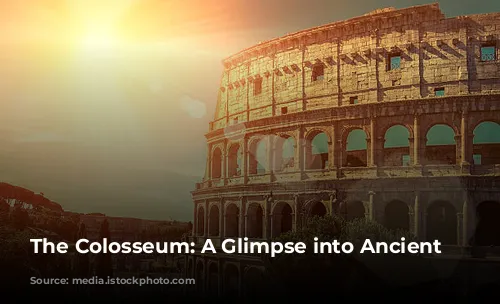
The Colosseum’s Enduring Legacy
The Colosseum’s reign as an arena for spectacles ended sometime around the year 435 AD. The decline of the Roman Empire, coupled with the cost of maintaining such a grand structure, contributed to its eventual abandonment. However, the Colosseum’s enduring legacy transcends its bloody history. It continues to stand as a testament to the grandeur and complexity of Roman civilization. Today, it is one of the world’s most visited landmarks, attracting over 7 million visitors annually, eager to witness the remnants of this ancient marvel. Despite its age, the Colosseum remains a captivating symbol of the Roman Empire’s enduring impact on history and culture.


